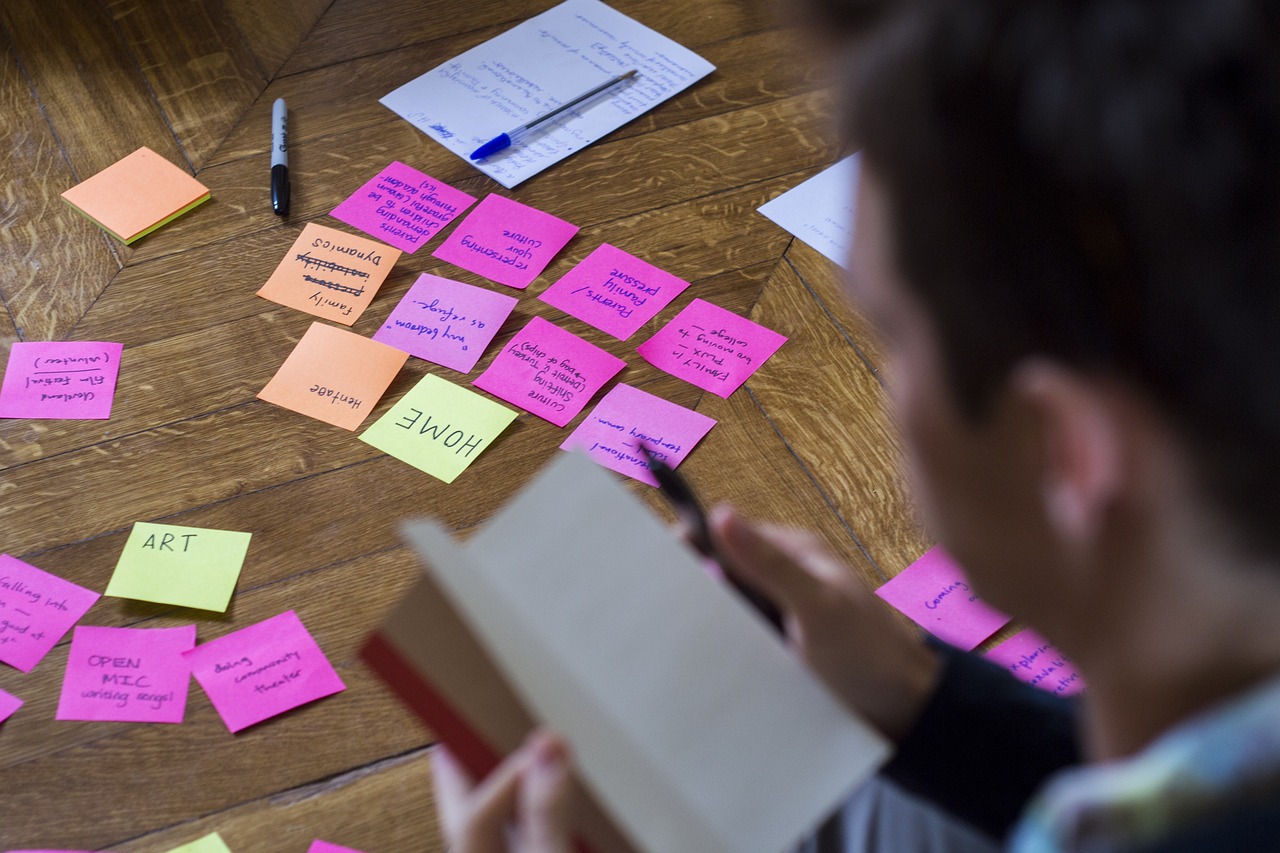Creating Training Plans Considering Identified Needs
A savvy technique to further develop representative improvement is to tailor instructional courses in light of recognized needs. It involves an exhaustive assessment of both hierarchical and individual prerequisites utilising instruments including overviews, tests, and execution surveys. Preparing material, styles, and conveyance techniques are changed as per the learning targets and explicit holes that should be filled. This personalization ensures that workers get relevant and centred learning potential open doors, amplifying their ability improvement and occupation execution. Redone preparing drives are more fruitful and connect with, empowering an authoritative culture of long lasting learning. Eventually, this methodology joins preparing uses to hierarchical targets, cultivating representative satisfaction and upgrading execution.
Significance of Identifying Training Plans
For representative improvement drives to be powerful and significant, fundamental preparation plans be changed. In the present continually moving business climate, Identifying training needs is vital for maintaining an upper hand, advancing continuous development, and satisfying the different necessities of the two people and organisations.
A portion of the Central issues Featuring its importance are :-
1. Cost-Productivity: Designated preparing expands the utilisation of preparing assets by diminishing inefficient spending on programs that are copied or improper.
2. Representative Fulfilment: Preparing that explicitly addresses a worker’s issues is esteemed by that representative, which can further develop confidence and occupation fulfilment.
3. Variation to Evolving Conditions: In fields that are evolving rapidly, changing preparation programs ensures that faculty stay aware of arising advances and market patterns.
4. Adjusting to Changing Conditions :- Adjusting preparing programs guarantees that specialists keep awake to date with market patterns and innovation improvements in areas that experience quick change.
To efficiently get to the information, skills,competencies and execution holes inside an association, preparing needs ID assists us with figuring out what preparation and advancement programs are expected to connect those holes and work on by and large adequacy.
Techniques for Distinguishing Training Needs
Different Procedures can be utilised alone or in blend to deliver an exhaustive preparation prerequisites examination. They each give unmistakable bits of knowledge into preparing needs. Associations utilise strategies for deciding preparation necessities to look at the information, abilities, capabilities, and execution holes in their worker force. When we distinguish the preparation needs in the business, we can undoubtedly make an exit from various learning apparatuses as well as improvement devices which will be adjusted parallelly.
Following are a portion of the techniques fundamental for planning designated and successful preparation and improvement programs:-
- Efficiency Evaluations:
- Ordinary surveys of execution offer smart data about a specialist’s capacities and constraints. Associations can pinpoint regions where preparing is essential by exploring execution insights and boss information.
- Qualification Structures:
- Models of capability depict the capacities, lead, and data required for various situations inside an association. These structures can be utilised to think about worker capabilities and distinguish preparing needs.
- Evaluations of abilities:
- Workers’ capacities in unambiguous disciplines connected with their jobs are tried as a component of expertise appraisals. These assessments might be led by means of composed tests, involved exercises, or reproductions.
- Input and Ideas:
- Empowering staff individuals to impart their insights and thoughts on their preparation prerequisites could create savvy results. For this point, casual conversations and input channels can be useful.
- Work Undertaking Examination:
- Looking at the commitments and obligations connected to each occupation job can support deciding the abilities and information required. Through utilising this methodology, preparing is sure to be straightforwardly connected with work requests.
Contingent upon the targets of the business, the assets within reach, and the specific preparation setting, the best methodologies for deciding preparation needs should be picked. To completely grasp the preparation necessities inside a business, a blend of these strategies is regularly utilised.
Observing and Assessment of Training Plans
Observing and assessing preparing programs are crucial for their continuous improvement of the learning. They offer experiences on the preparation’s viability, empowering firms to put resources into preparing with certainty, change projects to satisfy evolving needs, and ensure that preparing is in accordance with organisational goals and representative turn of events. These plans assist us with consistently evaluating the adequacy and effect of the preparation programs.
Checking of the Preparation Projects:
- To ensure that preparing programs are working productively, accomplishing their objectives, and creating the fitting outcomes, observing is pivotal. These activities can be utilised to screen preparing programs proficiently:
- Obviously characterise your objectives and key execution markers (KPIs): Set clear, quantifiable, and time-headed objectives for the instructional class. Make KPIs to help with estimating your turn of events and execution.
Lay out a Checking Plan:
- Make a careful arrangement making sense of how you will screen the preparation program and when.
- Recognize the groups or people responsible for observing and assessing.
Use innovation and learning the board frameworks (LMS):
- Track member commitment, progress, and fulfilment rates utilising learning the board frameworks and other preparation advancements.
- Utilise data analytics in terms of succession planning tools that helps to know more about the efficacy of training.
- Gathering input from members
Survey preparing materials oftentimes:
- Keep up with the precision, money, and arrangement of the preparation materials with the preparation goals.
- Consider ways of improving the material in light of member input and changing client requests.
Watch out for cooperation and participation:
- Monitor members’ instructional course participation and contribution.
- Any irregularities or drops in the support ought to be tended to immediately.
Conclusion
A dynamic imperative for businesses committed to encouraging development, innovation, and excellence, adapting training strategies in light of identified needs is more than just a strategic choice. Given that the workforce is constantly changing, training plans must do the same. Organisations equip their employees with the information and skills necessary for success by carefully evaluating and modifying training programs in response to identified needs. Mercer | Mettl is one of the best platforms to use.
This limit with regards to variation has a great many constructive outcomes, including better work execution, more representative satisfaction, and better arrangement with organisation objectives. It makes it feasible for organisations to keep up with their seriousness, industry consistency, and versatility despite troubles. Moreover, it stresses a commitment to persistent learning and staff improvement, advancing a culture of development that can assist firms with arriving at new levels.





2 Comments
Comments are closed.